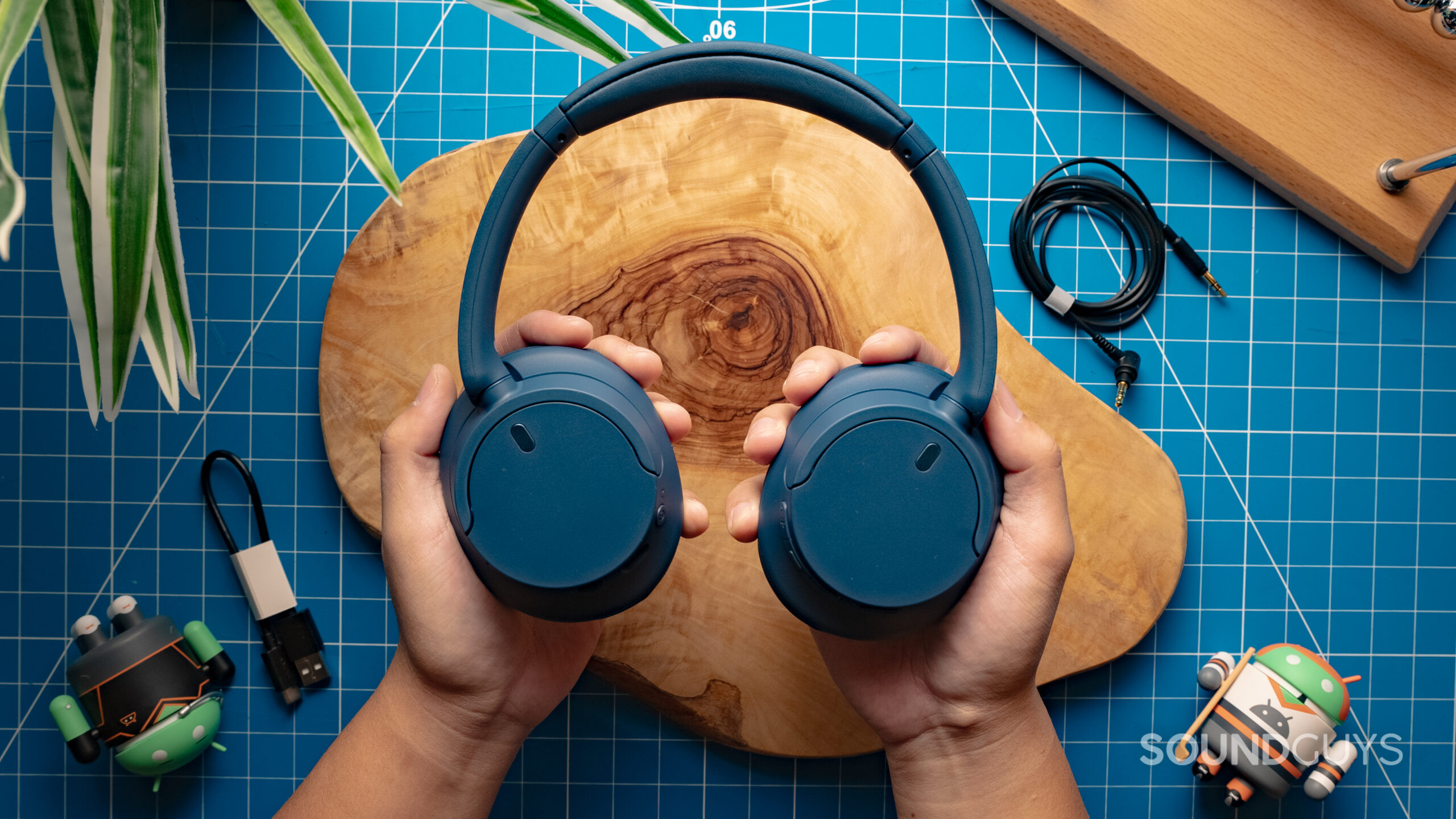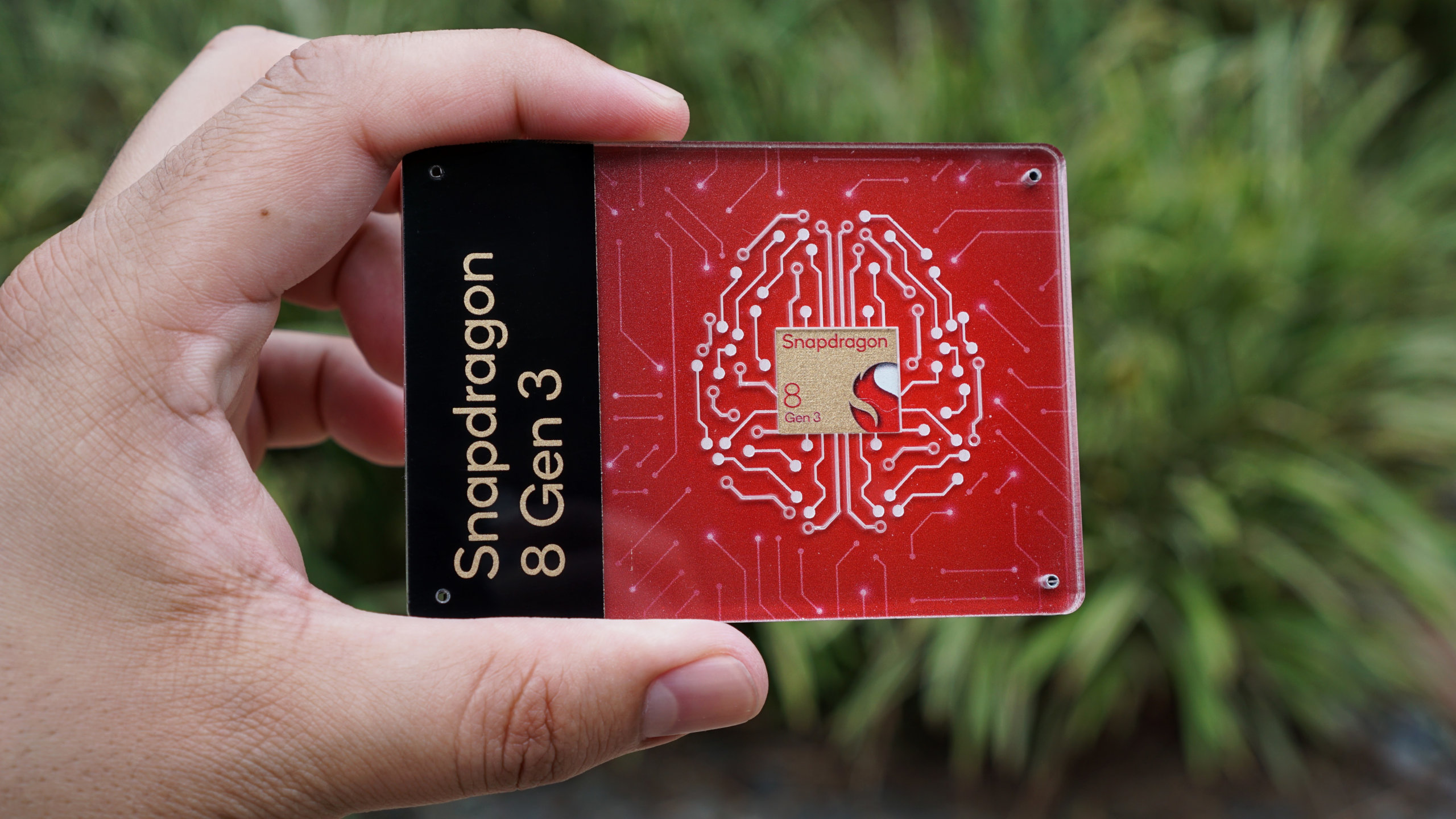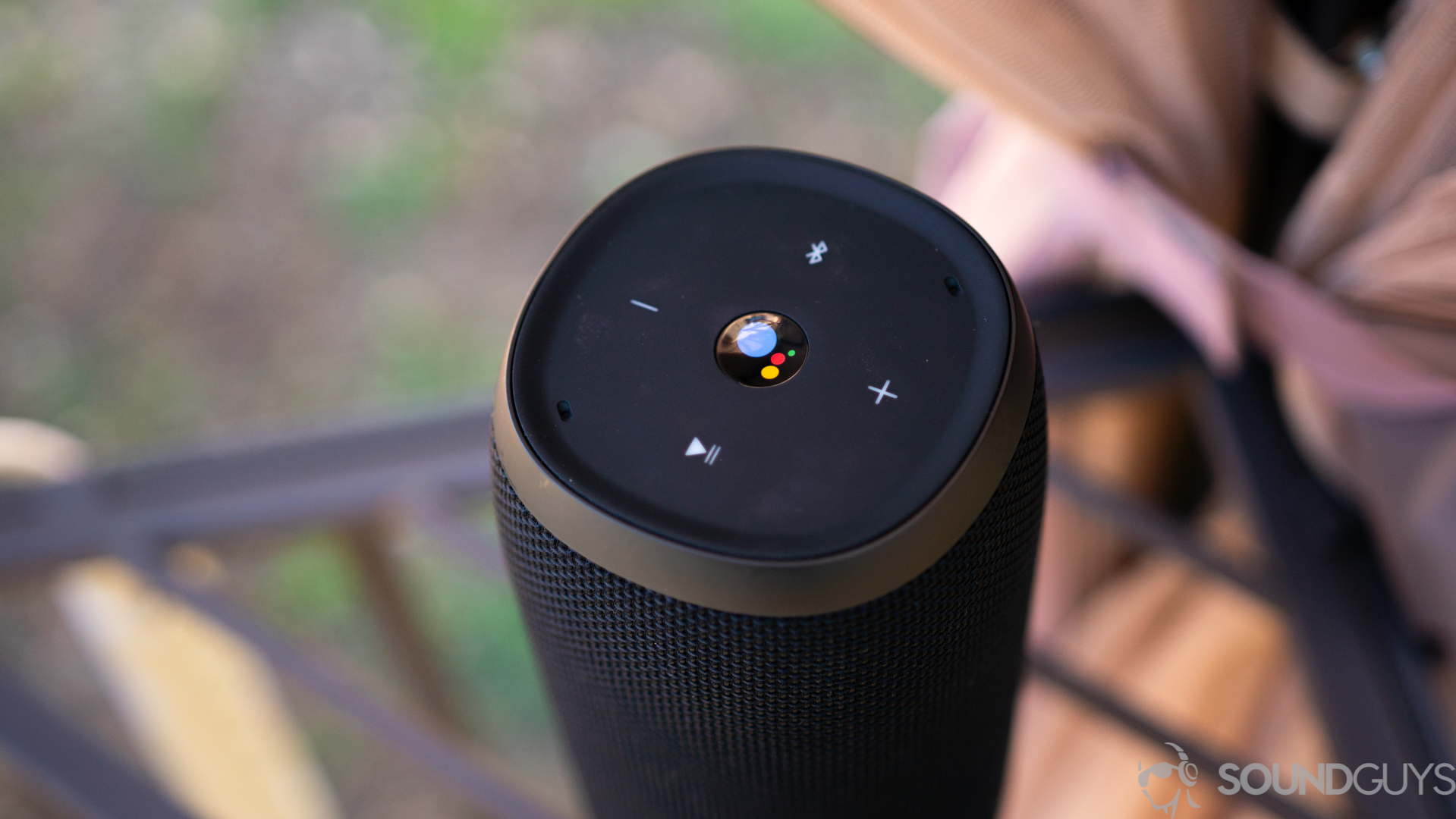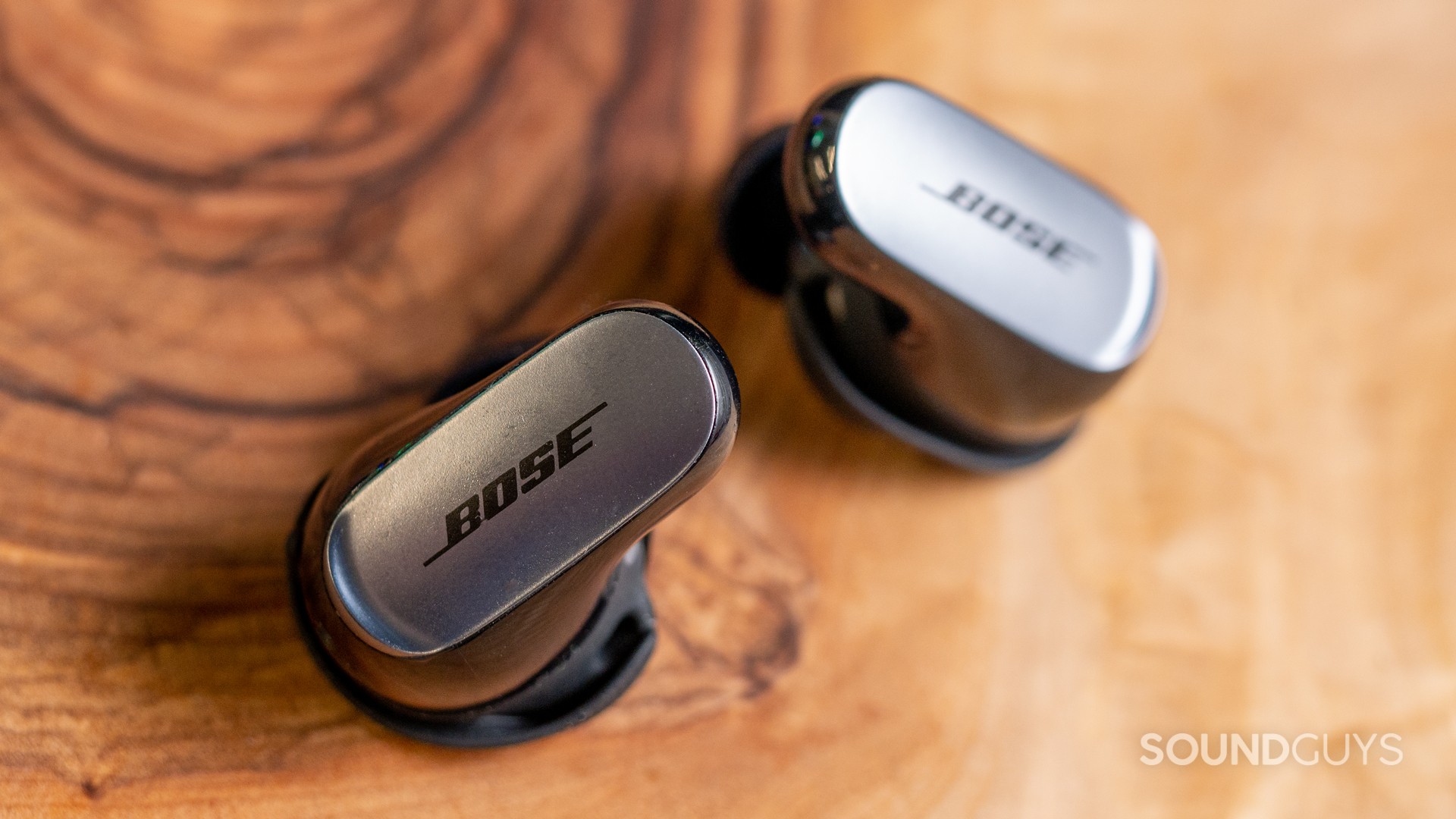
Harley Maranan / SoundGuys
With Bluetooth having reached its bandwidth obstacles and the headphone jack in large part disappearing from our telephones, track fanatics had been left on the lookout for lossless choices for headphone use. Fortunately, Qualcomm has added a function to its latest cell chips to get audiophiles what they would like from wi-fi audio: Snapdragon Sound.
What’s Snapdragon Sound?
Snapdragon Sound is a suite of audio applied sciences and lines advanced via Qualcomm, a number one semiconductor and telecommunications corporate. It’s designed to make stronger audio high quality and reinforce wi-fi audio studies throughout more than a few gadgets, together with smartphones, wi-fi headphones, earbuds, and different audio equipment
Its first iteration calls for a Snapdragon 8 Gen 2 or later processor and a corresponding chipset on your headphones or earbuds to make use of the aptX Adaptive suite and the aptX Lossless codec. That is vital as a result of aptX Lossless is these days the primary Bluetooth audio codec that may reportedly supply bit-exact CD-quality sound.

Robert Triggs / SoundGuys
The Snapdragon 8 processor circle of relatives is at the back of the new upgrades.
With its new Snapdragon S7 and S7 Professional chips for wi-fi earbuds, the Snapdragon Sound platform additionally contains what Qualcomm calls Expanded Private House Community generation — XPAN, for brief. In a nutshell, XPAN seamlessly switches your audio circulation between Bluetooth and your house Wi-Fi community when essential, with out person enter.
Why is XPAN one of these large deal?
The primary glaring get advantages to XPAN is that you’ll depart your telephone any place in your house and proceed streaming to your Wi-Fi community — to puts conventional Bluetooth wouldn’t succeed in. 2d, Qualcomm says Wi-Fi will robotically interact to playback lossless content material (as much as 24-bit, 96kHz to begin with), leaving Bluetooth because the default for calls and lossy track the place it’s perfect served. In spite of everything, Wi-Fi opens the door to sub-50ms latency even with top of the range audio enabled — a boon for players eager for wi-fi audio freedom. To succeed in those latencies with Bluetooth, you would need to make a tradeoff in high quality, which isn’t the case with this new machine.
Qualcomm’s XPAN seamlessly transitions your audio circulation from Bluetooth to Wi-Fi for higher high quality, decrease latency, and longer vary.
Wi-Fi audio streaming isn’t new, after all. It’s been a staple of network-attached audio system for years, enabling lossless playback all the way through your house. However it’s -spanking-new for earbuds and headphones as a result of Wi-Fi has historically been too power-hungry for the tiny batteries packed into the ones little earbuds. Bluetooth playback has been the go-to selection as it’s well-supported, and the radios can run for plenty of hours, even on tiny cells.
Bluetooth’s trade-off is that it’s quite low bandwidth — ample for lossless audio however now not for lossless playback. More than a few codec builders have taken nice pains to push the usual’s bandwidth to maximise audio high quality (equivalent to LDAC, LDHC, and Qualcomm’s personal AptX Lossless implementation). However even those high-end choices require a scalable, lossless fallback for less-than-ideal radio stipulations.
Why didn’t we now have Wi-Fi headphones already?
This hasn’t change into common prior to now as a result of Qualcomm needed to clear up the Wi-Fi continual drawback. The Wi-Fi radio hooked up to its Snapdragon S7 Professional chip (the common S7 doesn’t function XPAN) runs at micro-power ranges, making hours of playback imaginable. In reality, Qualcomm claims that its Wi-Fi answer makes use of much less continual than Bluetooth when streaming identical audio. Qualcomm quotes that its earlier Snapdragon S5 platform may just muster 10 hours of 48kHz lossless playback whilst the S7 Professional survives the similar time taking part in 96kHz lossless content material — a sport changer.

Wi-Fi audio has been round for a few years with sensible audio system, so why now not headphones?
So what’s the catch? Whilst Qualcomm isn’t depending on proprietary Bluetooth or Wi-Fi generation for XPAN, it has some secret supply in its Snapdragon Sound device suite and Wi-Fi {hardware} parts that make this all paintings. As such, you’ll desire a playback tool (equivalent to a nice smartphone for audio) powered via a new Snapdragon 8 Gen 3 processor and earbuds wearing the new Snapdragon S7 Professional chip. The ones are each anticipated to look available on the market in 2024, and this requirement clearly excludes Apple’s gadgets from collaborating. Qualcomm says others may just deploy equivalent applied sciences, however that might take years.
What else does Snapdragon Sound allow?
XPAN and residential Wi-Fi audio are simply a part of Qualcomm’s imaginative and prescient for next-gen wi-fi audio studies. The 2 Snapdragon S7 chips recreation a lot of enhancements spanning well-established ANC to state of the art AI.
Qualcomm touts a 100x efficiency development in AI use instances due to its first devoted NPU in an audio chip. The low-power unit allows AI options equivalent to background voice rejection for stepped forward calls, personalised sound profiles, and complicated environmental research for context-aware lively noise cancelation (ANC).
Talking of ANC, Qualcomm’s fourth-generation generation helps adaptive ANC energy and mixed transparency for higher customization, a new low-latency mic-to-speaker sign trail, or even listening to loss reimbursement to blur the road between hearables and earbuds. Throw in Bluetooth 5.4 with LE Audio and Auracast enhance, and we’re taking a look at a state of the art wi-fi audio bundle.
Will your subsequent headphones have Snapdragon Sound?
Sadly, Qualcomm’s earlier audio options haven’t but discovered mass marketplace adoption — however the audio business strikes slowly. It took about 5 years for USB-C audio to select up steam, in any case, so this may well be every other example of smartphone tech outpacing to be had audio merchandise. Qualcomm’s web site handiest lists the Bose QuietComfort Extremely Earbuds, QuietComfort Extremely Headphones, and Denon Perl Professional for family manufacturers packing Snapdragon Sound. Some great benefits of XPAN must inspire extra producers aboard, however marketplace forces are fickle.

Christian Thomas / SoundGuys
Lossless audio has nearly solely been the provenance of stressed headphones — till now.
Fashionable earbuds and headphones are already very a success with out in reality lossless audio, however we don’t see game-changing new audio options come alongside too steadily. XPAN sounds progressive, and we predict to look it in merchandise someday in 2024. We’ll have to look how a lot customers can pay for the privilege.

Allow 48h for review and removal.